Click below to listen to my 2 min. Garden Bite radio show: Bringing houseplants indoors
Brrr, there’s been some crisp Fall air and plenty of wind. Many of those beautiful Fall leaves have already landed on the ground!
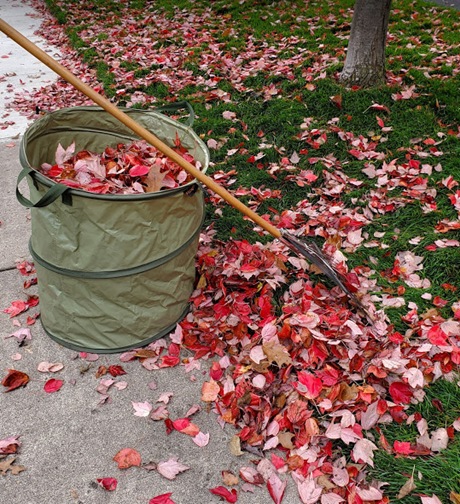
For those who’ve had tropical plants outside it’s time to start preparing to bring them indoors. Some have already had to as temperatures dipped below freezing. If it’s just one day of cold, consider a cloth or inside a shed or garage.
The general rule of thumb is to bring those indoor plants inside when temperatures are consistently hanging in the 50’s.
Preparing your plants for the move is the first step. First, don’t even bother with those that are struggling… let them go to the great compost in your garden bed. Unless they’re diseased then it’s the garbage bin.
Check for hitchhikers such as spider mites, ants, snails or mealy bugs hiding in the potting medium. The most effective way to do this is by soaking the pot in a tub of lukewarm water for about 15 minutes. Any unwanted pests will scramble to the surface in search of air. Fill a bucket with water and soap. Don’t use a degreaser type and you don’t need a lot of soap. You can also use your kitchen sink!
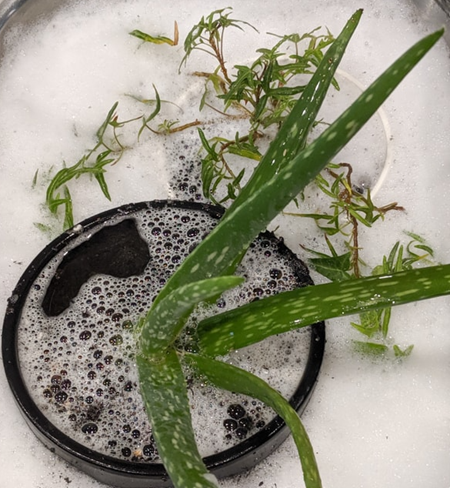
If no critters come out, you can choose to not re-pot, however, it may be well worth your while to do it anyway, just in case you miss a little fella! If your plant had substantial growth, check to see if it’s rootbound, then find a larger pot.

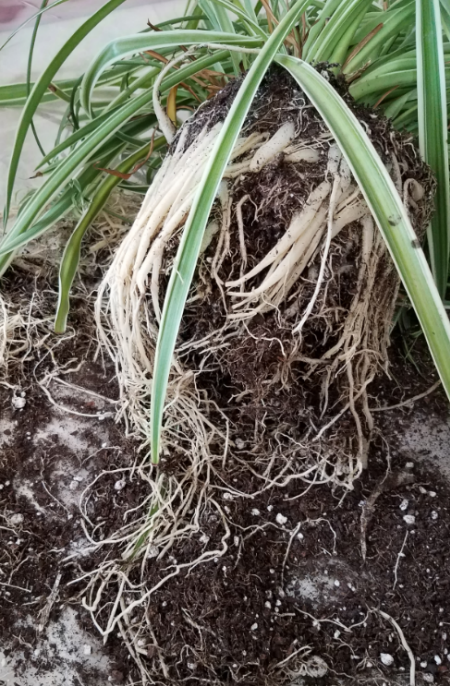
If you repot, spray the potting medium off the roots, clean the inside to the container with a 10% bleach solution and thoroughly rinse and dry. Finally, check the foliage for dead or yellowing leaves, remove as needed and prune if shaping is required. For additional protection you can spray the foliage with an insecticidal soap.

To prevent shock when you bring houseplants back indoors, expose plants gradually to reduced lighting. Usually, if they’ve been in bright light and you move them into much lower light, expect some leaves to fall off. However, new ones should form as the plants readapt to the lower light. It’s best if they’ve been outside in high light to put them in similar light indoors, like a south window or under plant lights on a timer for 16 hours a day.
Don’t overwater! Let the soil surface get dry to the touch before watering again. If in doubt, don’t water. Water succulents less often, when the soil is dry for several days. Don’t water if quite cloudy or rainy weather, as plants won’t get sufficient light indoors to dry out.
Finally, give your plants a boost of fertilizer, according to the directions on the product label. Plants that have been repotted with soil containing fertilizer will not need to be fed again for two to three months, or according to label directions. Keep in mind that often plants grow more in winter indoors, receiving more light between snow reflection and leaves off of trees. More info from: Treehugger
Be sure to know where your plant will be placed indoors and make sure the conditions are appropriate. Right plant, right place holds indoors as well as out! Consider heat vents and drafts too.
Gigantica…. she will not be coming indoors as is, I don’t have room in my home for her! Can you spot the little sprout on the right?
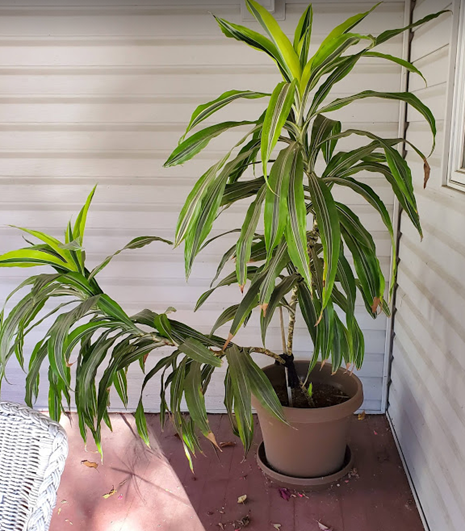
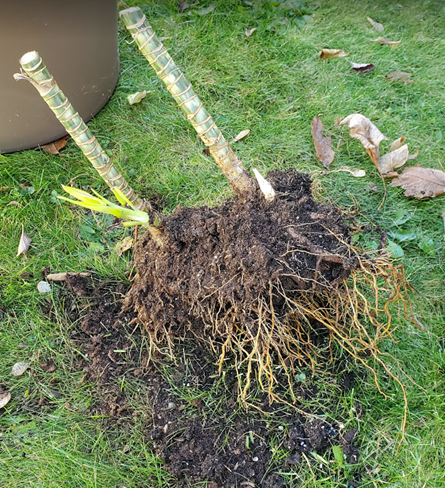
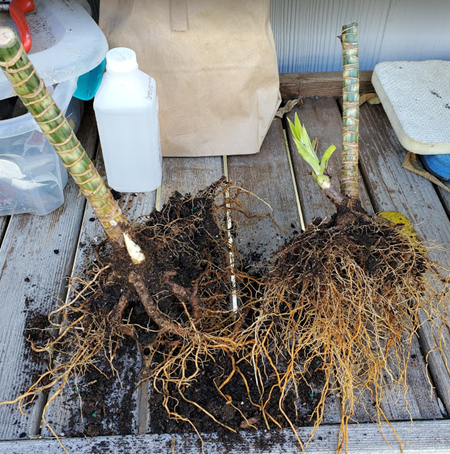
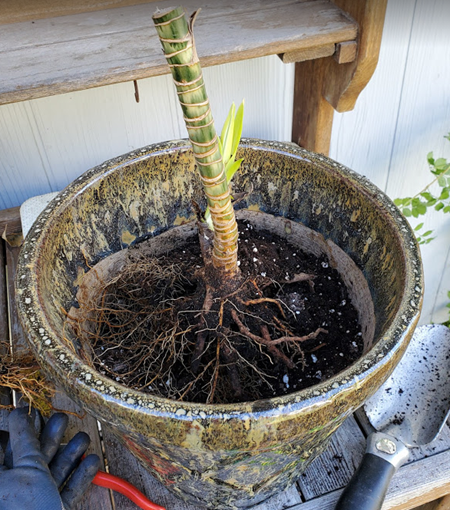
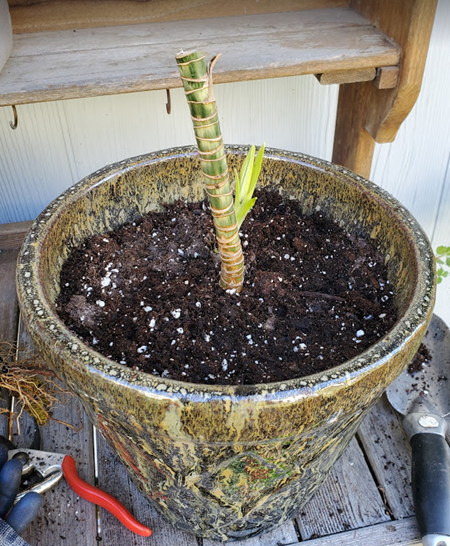
I’m going to pot up the other one and give it to a friend.
